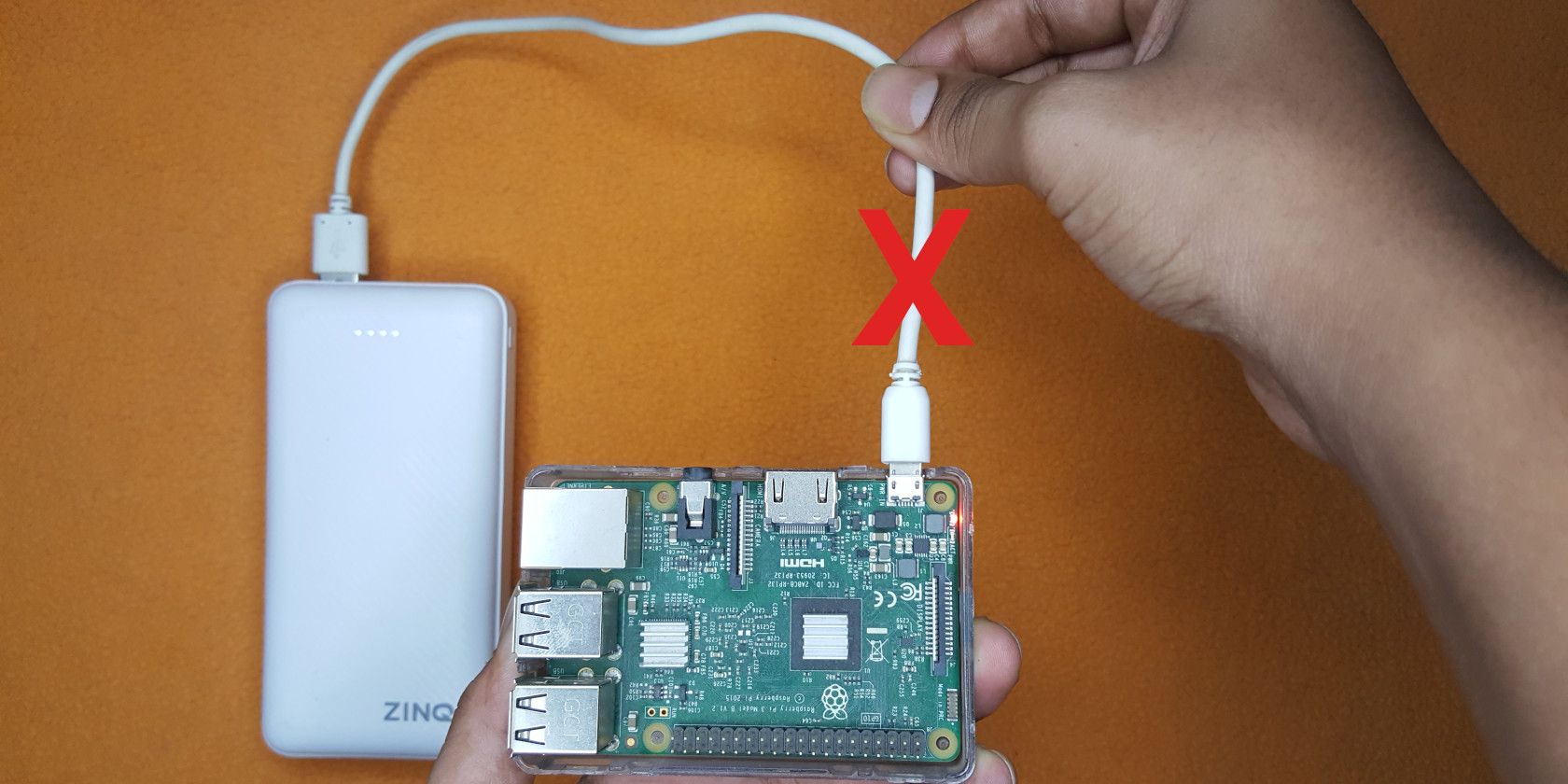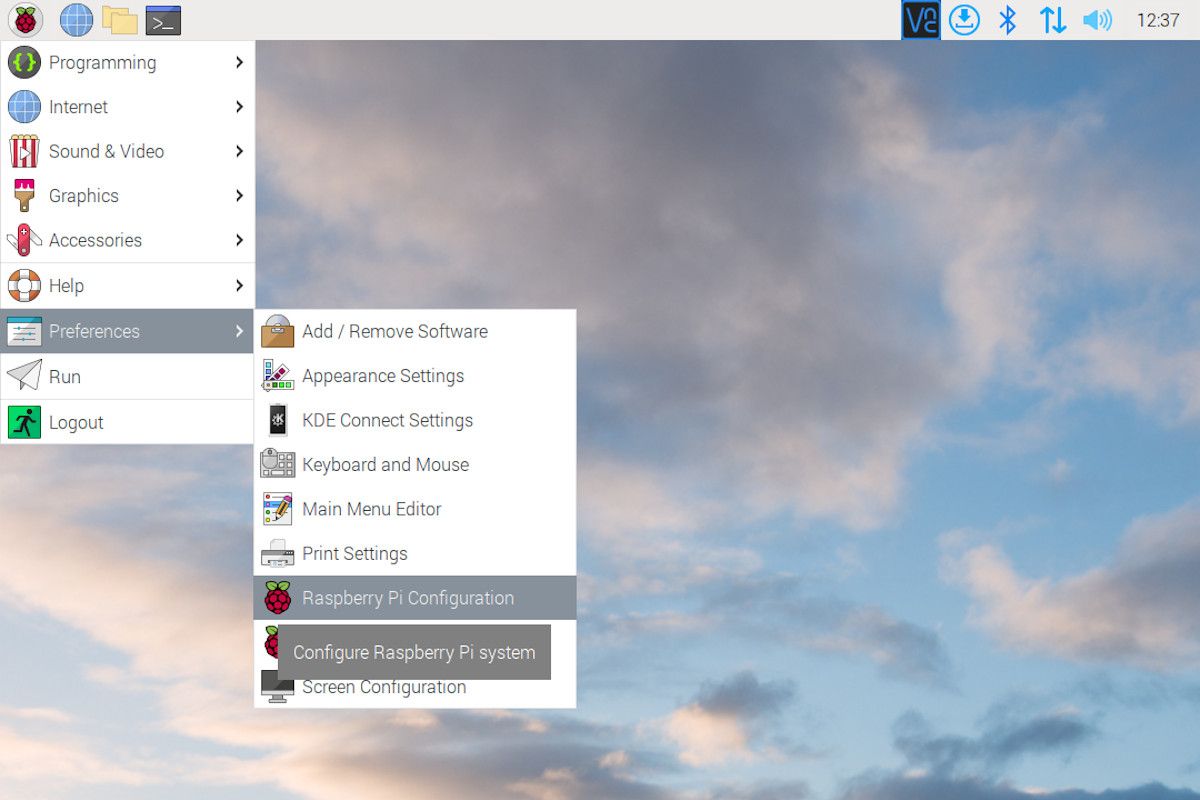In today's interconnected world, where physical access to devices is often impractical, how can we effectively manage and control our Raspberry Pi devices from anywhere? Remote management is no longer a luxury; it is the key to unlocking efficiency and expanding capabilities.
The proliferation of Internet of Things (IoT) devices has transformed the technological landscape, and the ability to remotely manage these devices has become a critical skill for developers, IT professionals, and enthusiasts alike. Platforms like RemoteIoT have emerged to meet this need, offering robust tools to streamline the process. This article will delve into the core of remote Raspberry Pi management, examining the practical setup, essential tools, security considerations, and optimization techniques to empower you to maximize the potential of your Raspberry Pi projects.
Let's explore the landscape of remote Raspberry Pi management, breaking down the essential components to unlock the full potential of your devices. This guide aims to provide a clear understanding of the setup, configuration, and troubleshooting required to successfully manage your Raspberry Pi devices using RemoteIoT Management Platform.
- Sadie Mckenna Nude Photos Controversy Privacy Consent Explained Latest
- Alfie Karmal The Rising Star You Need To Know About
| Aspect | Details |
|---|---|
| Purpose | Remote management of Raspberry Pi devices. |
| Key Features | Centralized control, secure connections, automation, and real-time monitoring. |
| Benefits | Increased efficiency, reduced downtime, enhanced security, and cost savings. |
| Essential Tools | SSH for secure communication and file transfer protocols (SCP/SFTP). |
| Security Considerations | Strong passwords, two-factor authentication, regular software updates, and access log monitoring. |
| Optimization Techniques | Software (disable unnecessary services, use lightweight applications) and hardware (faster microSD cards, additional RAM). |
| Use Cases | Home automation, industrial IoT, and remote monitoring. |
| Platform Comparison | RemoteIoT stands out due to user-friendly interface, comprehensive features, strong community support, and cost-effective pricing. |
For detailed insights and in-depth information, you can refer to the official Raspberry Pi documentation and guides available on the official website. Explore the documentation to enhance your understanding of the platform. Raspberry Pi Official Website
The Raspberry Pi, a compact marvel of engineering, has revolutionized the landscape of computing. Its accessibility and versatility have made it a cornerstone for educational projects, home automation systems, and industrial applications. The ability to manage these devices remotely unlocks a new dimension of control, allowing users to access and manipulate their Raspberry Pi units from any location worldwide. This remote access capability is not just convenient; it is becoming increasingly essential in our interconnected digital age.
Remote management provides a solution to maintain and oversee Raspberry Pi devices without the need for physical presence. With platforms like the RemoteIoT Management Platform, users gain the ability to execute critical tasks like software updates, file transfers, and comprehensive system diagnostics directly from a single, centralized dashboard. This capability translates into several key advantages that improve efficiency and operational costs.
- Justin Bieber Car Accident What Happened Impact Latest
- Best Sports Streaming Sites Watch Live Games Online In 2024
The advantages of using a platform such as RemoteIoT for remote Raspberry Pi management are numerous and impactful. Centralized control allows users to manage multiple Raspberry Pi devices through a unified interface, streamlining administration and maintenance. Secure connections, achieved through encrypted protocols, guarantee data integrity and protect sensitive information during transmission. The automation features enable users to automate routine tasks like backups and software updates, minimizing manual intervention and reducing the potential for human error. Real-time monitoring delivers valuable insights into device performance, helping identify and address potential problems before they escalate.
Before diving into the specifics of remote management, its crucial to establish the necessary hardware prerequisites. Any Raspberry Pi model can be used, ensuring that the remote management capabilities are available across all generations of the device. A microSD card with a pre-installed operating system is essential for booting and running the Raspberry Pi. A reliable power supply is required to provide the necessary electricity to the device, and either an Ethernet cable or a Wi-Fi adapter is needed for network connectivity.
Once the hardware is in place, the next step is to configure the software. This process starts with installing the latest version of the Raspberry Pi OS. The Raspberry Pi OS is optimized for the device and provides a stable and reliable environment for remote management. Next, SSH (Secure Shell) needs to be enabled in the Raspberry Pi configuration settings. SSH is a cryptographic network protocol, which provides a secure channel for communication. It encrypts data during transmission and is a fundamental component of remote management. Finally, setting up a static IP address is recommended to ensure consistent connectivity. This helps maintain a stable connection to the device, enabling remote access without interruptions. The final step is to install the RemoteIoT Management Platform client, which will allow you to access and control your Raspberry Pi from a remote location.
Essential tools are needed to facilitate the remote management of Raspberry Pi devices. SSH is a fundamental component. SSH provides a secure channel for communication, encrypting data during transmission to protect sensitive information. File transfer protocols are also essential, and this includes SCP (Secure Copy Protocol) or SFTP (SSH File Transfer Protocol). SCP and SFTP enable secure file transfers to and from the Raspberry Pi. They are crucial for deploying scripts, updating configurations, and creating and managing backups.
Security is the highest priority in remote management. This requires the implementation of best practices. The first is using strong, unique passwords for all accounts. This helps prevent unauthorized access to your device. Implementing two-factor authentication (2FA) is another crucial step. 2FA adds an extra layer of security by requiring a second form of verification in addition to the password. Regularly updating the software and firmware is critical. This helps patch vulnerabilities that could be exploited by malicious actors. Finally, monitoring the access logs for suspicious activity helps identify and mitigate potential security breaches.
Troubleshooting is a vital part of remote management, and connection problems are one of the most common issues encountered. If you cant connect to your Raspberry Pi remotely, there are a few things you should check. First, verify your network connectivity and IP address configuration. Make sure your device is properly connected to the network, and that the IP address is correctly configured. Secondly, check your firewall settings and port forwarding rules. Firewalls can block remote connections, so you might need to configure your firewall to allow incoming connections. Thirdly, check the SSH service status on the Raspberry Pi. Ensure that the SSH service is running, and restart it if necessary.
Another area of concern is performance bottlenecks. If your Raspberry Pi is running slowly, there are several things you can do to address the issue. Optimize CPU and memory usage to improve performance. Clear unnecessary processes and services that may be consuming resources. Upgrading your hardware can also improve performance.
Optimizing your Raspberry Pis performance requires attention to both software and hardware. Tweaking software settings can significantly enhance performance. Disable unnecessary services and daemons that consume system resources. Use lightweight applications and operating systems to minimize the load on your device. Finally, enable swap space for additional memory allocation. For more demanding tasks, consider upgrading your hardware. Use faster microSD cards to improve storage performance. Install additional RAM modules, if supported by your Raspberry Pi model. Utilize external storage devices for large datasets.
The applications of the RemoteIoT Management Platform are diverse and expansive. In home automation, the platform can be used to control smart home devices, monitor energy consumption, and automate routine tasks. In industrial IoT, it can be used to manage sensors and actuators in manufacturing environments, optimize processes, and improve efficiency. In remote monitoring, the platform can be used to supervise environmental conditions in remote locations, ensuring optimal performance.
While multiple platforms offer remote Raspberry Pi management, the RemoteIoT Management Platform has distinct advantages. Its user-friendly interface makes it easy to manage devices. The comprehensive feature set provides all the tools needed for efficient remote management. The strong community support provides assistance and resources. The cost-effective pricing makes it an accessible solution.
- Linda Lovelace From Deep Throat To Advocate A Life Explored
- Surviving Princesses Behind The Smiles Royal Life

